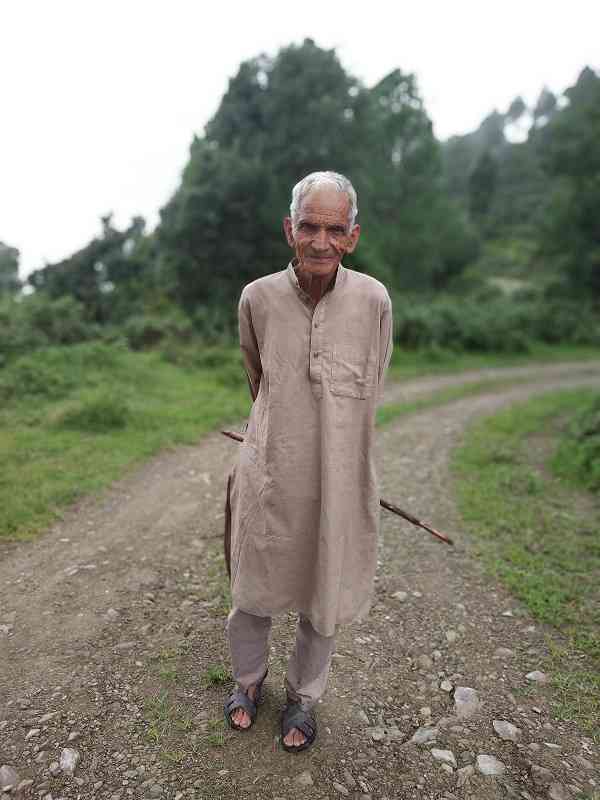
Moti Bagh is a documentary film directed by Nirmal Chandra Dandriyal, and is based on an 83-year old farmer of Pauri Garhwal district of Uttarakhand.
It bagged the first prize for the Best Long Documentary at the International Documentary and Short Film Festival held in Kerela.
Moti Bagh film has also been nominated for the Oscars, one of the two films to be nominated from India.
It will be showcased in the 20th edition of Open Frame Film Festival in Delhi’s India International Center from September 20-24th. The film will be showcased alongside other selected documentary films.
Moti Bagh (Motibagh) depicts the hard work and dedication of 83-year old Vidya Dutt Sharma, a farmer of Sanguda Village of Kaljikhal Block in the Pauri Garhwal district of Uttarakhand.

In 1967, Vidyadutta Sharma established his now famous garden named Moti Bagh. He gave up his government job in order to look after his family land. Fast forward to 2019, he has transformed his land with his commitment and perseverance.
The 59-minute Moti Bagh film shows the issue of migration (both intra-state and inter-state) in the hills of Uttarakhand. From people travelling to the neighboring cities of Uttarakhand like Dehradun and Rishikesh for employment to settling in the metro cities like Delhi, migration in Uttarkhand has left a void in the hills and the villages are deserted.
As the conversation with Vidyadutta Sharma progresses, we get to know about other issues like decreasing interest in agriculture among youths, lack of and poor infrastructure, water conservation, lack of security against natural hazards and disasters, and discrimination towards other communities like Nepalis and Biharis, which are prevailing in the hills of Uttarkhand.
The protagonist of the documentary is Vidyadutta Sharma. He is a humble person who believes in the importance of physical work. And also treasures the sound sleep that follows after a long day of hard work. Through his narration, we get to know about his concerns for the village. Sharma actively participates in social works and does his bit to improve the condition of the village.
The film is able to show the issues surrounding the village with the same gentleness that the protagonist holds. The approach of the film is subtle yet inspiring.
The choice of adding another important character, Ram Singh, a Nepali migrant is an important one. Regardless of the ridicules by the villagers, he helps Sharma with farming. His character and his story adds a wonderful depth to the film making people ponder. When the home deserted by their own people is nurtured by outsiders, is it fair to term them as outsiders?
The documentary brings out critical issues that needs to be addressed, thoughtful actions that needs to be taken, and also a choice that people have to make.

A humble person, who believes in doing what feeds your soul, Vidyadutta Sharma is a farmer who writes and sings soulful poetry. Having seen high rate of migration, Sharma is worried about the future that his village holds. But he is resolute at heart and participates in various social issues and events.
He started nurturing his farm about five decades ago and through these times, his farm has survived despite several limitations. Sharma has a goal to grow India’s biggest radishes. Going by the film, his goal has the potential of turning into a reality soon.
The 59-minute film, succeeds in highlighting the problems faced in the Tehri Garhwal region. It purposefully shows the life of a farmer who has dedicated his entire life to farming. Despite perishing livelihood and a crumbling village.
Through its international screening and wide recognition, the story of Moti Bagh will reach a wider audience. As a result, the neglected reality of the hills of Uttarakhand will gain more propensity. This, in essence, might lead to some effective solutions for the problems.

Where can I get a copy of the film? It really interests me as I have decided to settle here in Uttarakhand but in a more comfortable place: Mussoorie